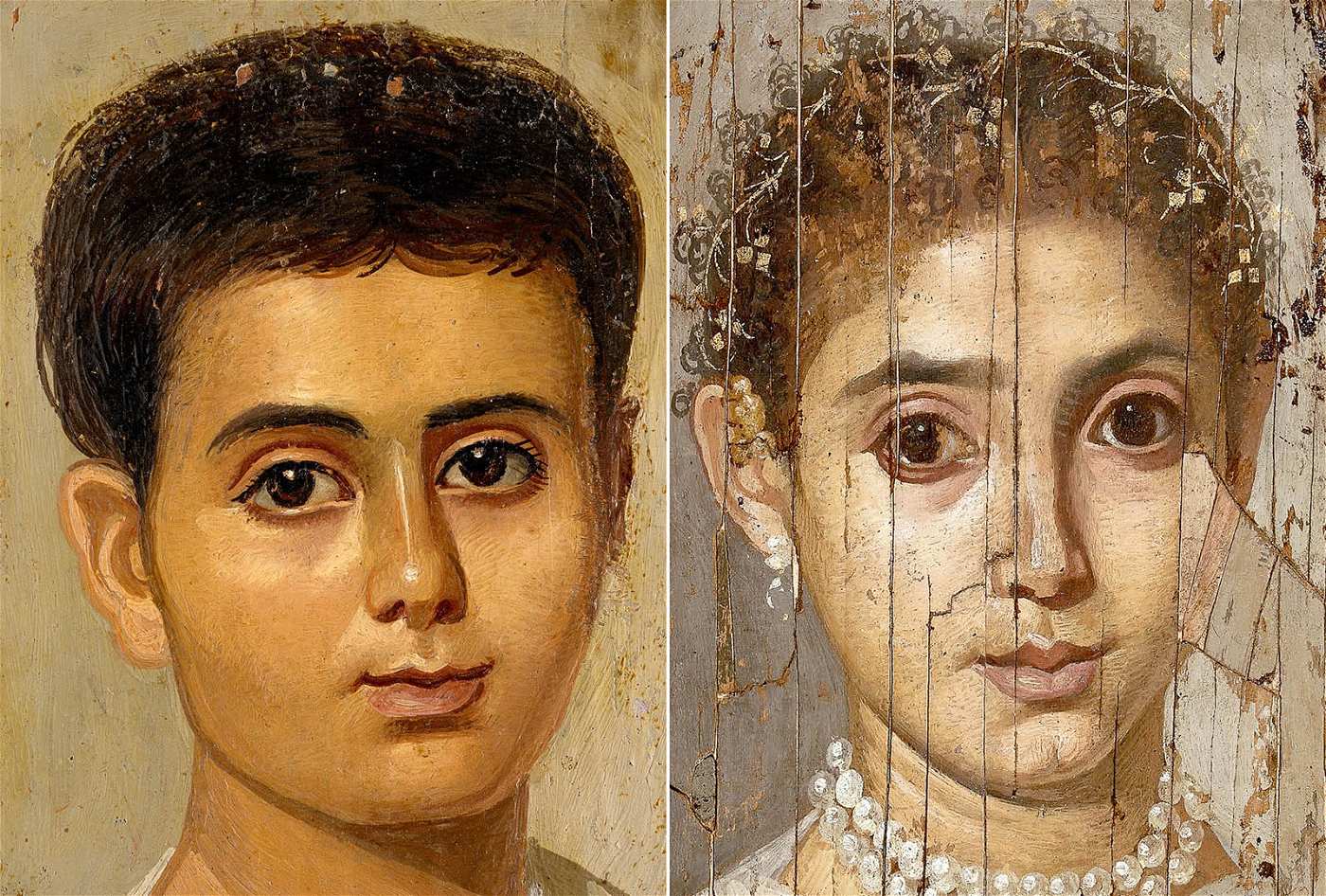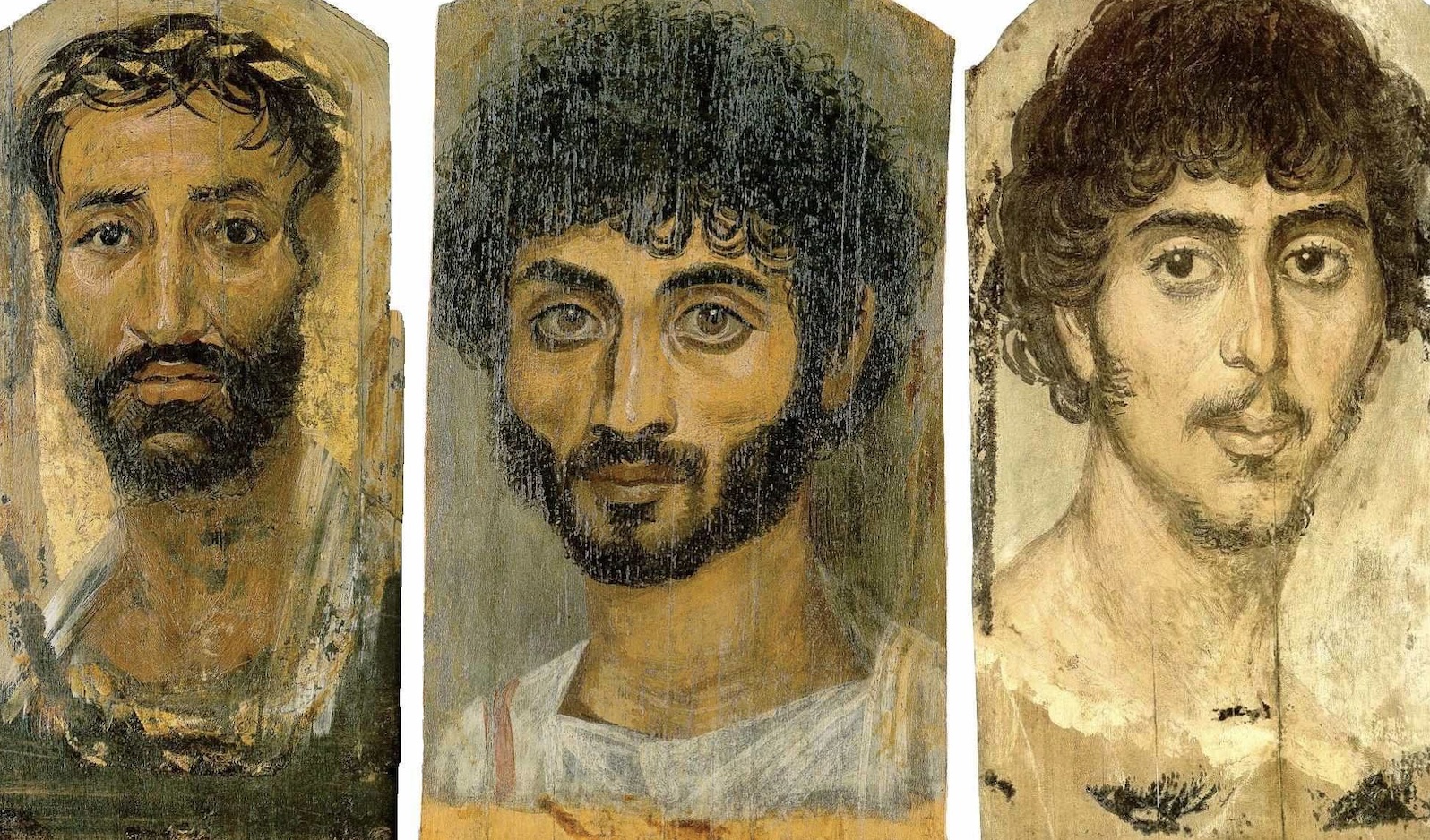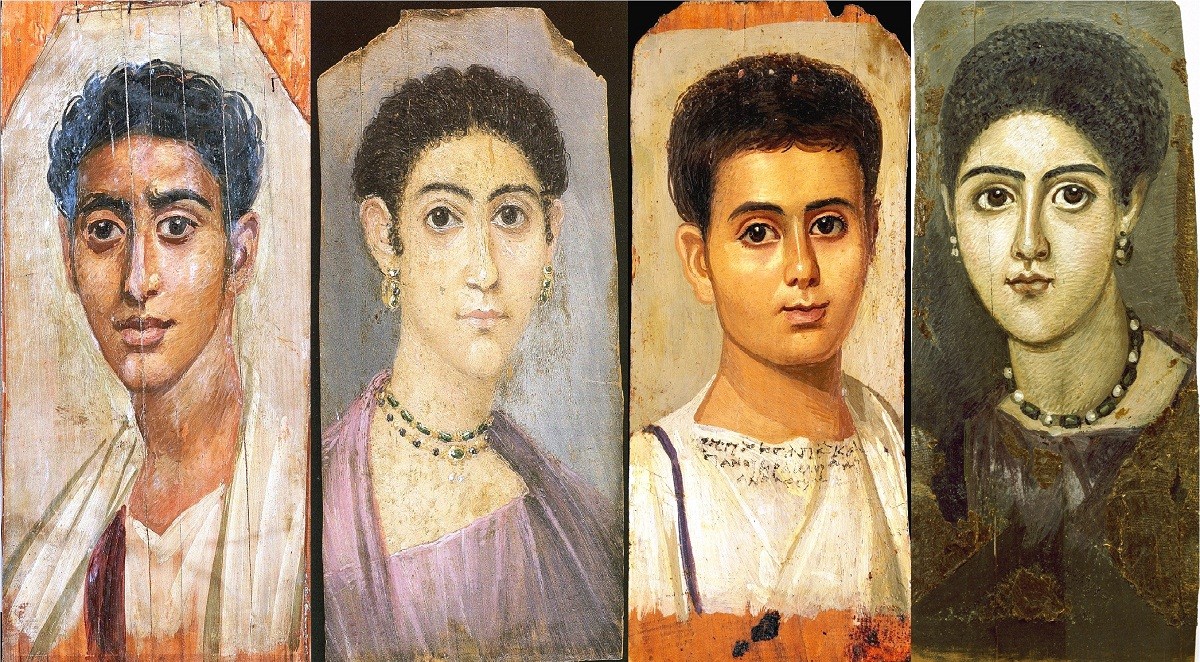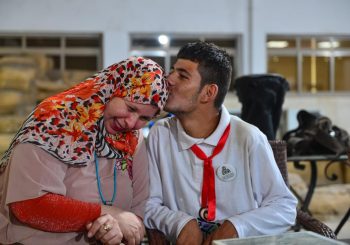Tucked in the Fayyoum basin area were human portraits that melded the Roman and Egyptian cultures into art: the Fayyoum Mummy Portraits. The portraits were some of the most arresting paintings in history, and later became case studies to art historians.
The portraits are notably described as the oldest portrayal of the human face. The first person to discover the paintings was the Italian explorer, Pietro Della Valle in 1615 AD.
The paintings; however, remained largely unknown until the 19th century when British archaeologist Flinders Petrie was excavating a cemetery in Fayyoum.
During the Roman conquest of Egypt between 30 BCE and 641 AD, the Roman fashion for naturalistic portraits began to become more popular in the ancient practice of mummification. The style of Roman-era mummy portraits had been found across Egypt, but largely in the Fayyoum basin area around the rich Roman city of Antinoopolis. Antinoopolis had wealthy inhabitants who presumably would have been able to afford the expensive mummification.
In 1887, Petrie found around 150 exquisite paintings on wooden panels attached to mummified bodies in the Hawara archaeological site.

By the late 19th century, the portraits started to reach Western Europe and the United States of America. Over four centuries later, 900 more mummy portraits were discovered in the necropolis of Fayyoum.
The art of tempera paintings was one of the most highly appreciated in the ancient world. Fayyoum portraits depicted the faces of the people frontally, which was a breakthrough from the conventional Egyptian painting. The paintings had similarities between them, where the artists followed patterns for portrayal of hair, beards, and clothes.
The paintings are mainly dominated by four colors: white, yellow, red, and black to paint faces and draw the hair. Other colors such as blue, green, and purple were used to paint clothes, jewelry, and crowns. Despite the many years that have gone by, Egypt’s hot dry climate was able to keep the paintings well–preserved.
Today, the portraits can be seen in some of the world’s best museums, such as the Metropolitan Museum of Art in New in New York City, the Getty Museum in Los Angeles, the British Museum in London, the Louvre in Paris, the Antikensammlung and Egyptian Museum in Berlin, and the Staatliche Kunstsammlungen in Dresden, Germany.
Here are some pictures of the Fayyoum Mummy Portraits, which are a testament to the remarkable skills of their ancient makers.











Comments (3)
[…] https://egyptianstreets.com/2022/04/19/in-photos-fayyoum-mummy-portraits/ […]
[…] بالصور: صور مومياء الفيوم […]